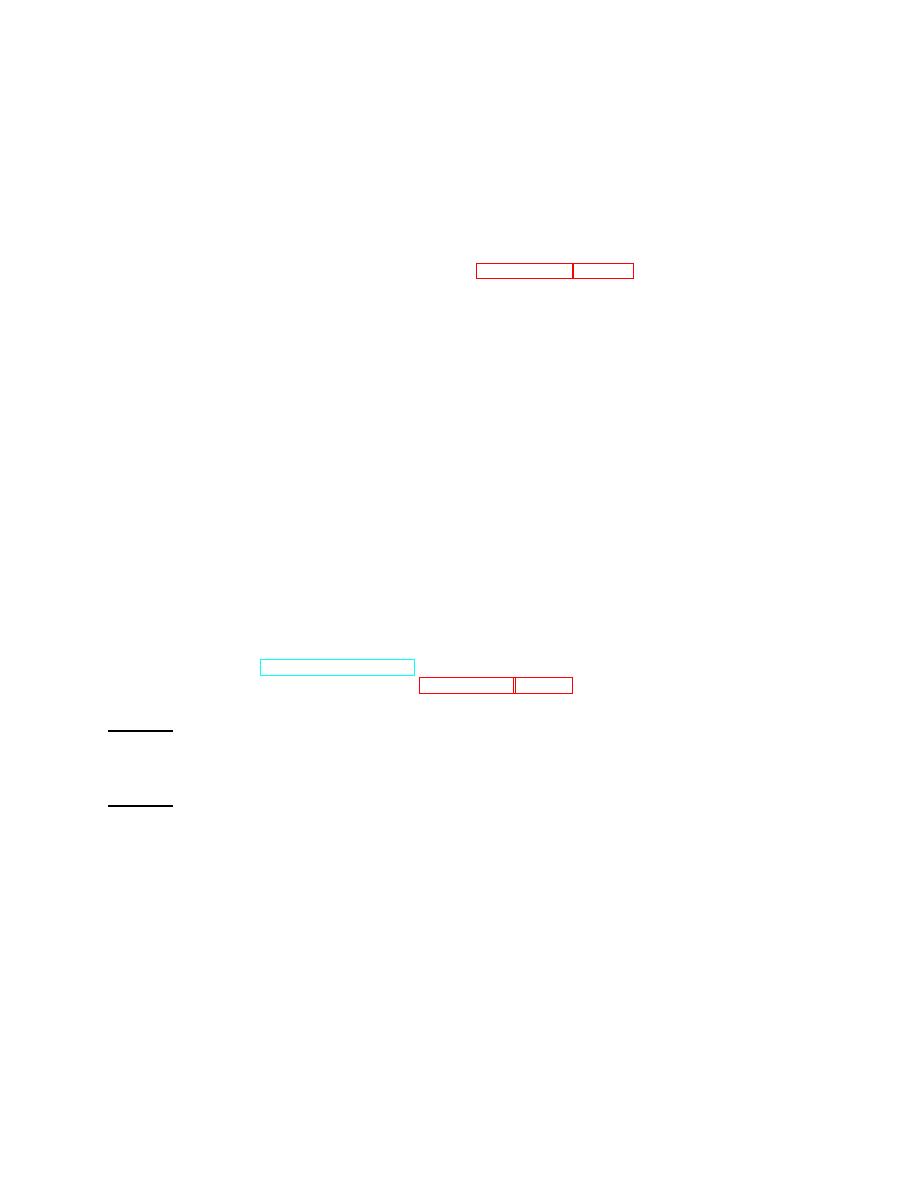
| Tweet |

Custom Search
|
|

|
||
 TM 55-1905-223-24-9
Section II. EQUIPMENT DESCRIPTION AND DATA
1-6. General Description. The LCU 2000 Class Watercraft is equipped with twin propellers and rudders. The
electrohydraulic system develops a total rudder torque of 1 3L ton-ft and is capable of rotating the rudders from 35
degrees right of center to 35 degrees left of center in 15 seconds. Steering gear hydraulic equipment includes a dual
pumpset to generate hydraulic power, piping and hoselines to transmit pressurized fluid, hydraulic cylinders to convert
fluid energy into mechanical work, and valves to control and direct fluid flow. The system also includes filters and
strainers for fluid conditioning, relief valves for overload protection, and reservoirs for fluid supply and heat dissipation.
When steering signals from the pilothouse are interrupted, the steering gear room takes control by using one of the two
local control units near the pumpsets. In the event of a power loss to the pumpset, an emergency hand pump is used for
emergency steering. The steering gear equipment is shown in FIGURES 1-1 and 1-2.
1-7. Characteristics, Capabilities and Features. A very broad view of the steering gear hydraulic system is as follows:
a. Characteristics
(1) Controls direction of vessel travel.
(2) Provides hydraulic power for the rudder movement.
(3) Controlled from pilothouse and/or steering gear room.
b. Capabilities and Features
(1) Can operate with only one cylinder.
(2) Emergency hand pump can replace twin pumpsets in emergency.
(3) Relief valve setting lets rudder move if it hits something.
1-8. Location and Description of Major Components. The steering gear room houses the primary mechanical and
electrohydraulic components that make up the steering gear. At the heart of the system is the twin pumpset, plus port
and starboard hydraulic cylinders. The pumpset is secured to a deck foundation on the port side of the steering gear
room aft of the rudder stocks. The hydraulic cylinders are installed inboard of each tiller arm. Steering gear controls are
located in the pilothouse. See TM 55-1905-223-10 for more information on the steering gear controls. Components
described in the following paragraphs are illustrated in FIGURES 1-3 and 1-4 except where noted.
a. Reservoir. The rectangular enclosure under the twin pumpset is the hydraulic fluid reservoir. This 60-gallon tank
is internally divided into two separate 30-gallon tanks with separate but identical fill openings, I sight gauges, internal
suction strainers, low level sensors (used on Hulls 2008 and subsequent).
b. Reservoir. The rectangular enclosure in the center of the twin pumpset is the hydraulic fluid reservoir. This 30-
gallon tank is internally divided into two separate 15-gallon tanks with separate but identical fill openings, sight gauges,
internal suction strainers, low level sensors, and porting blocks. The porting blocks include inlets, outlets, and drains.
The quantity of oil for normal operations is 11 gallons in each tank. The sight gauges register FULL for these quantities.
The unused tank space allows for air/oil expansion and pitch and roll slosh. The tank partition is fluid tight, but is not built
to the full height of the tank.
Change 1 1-4
|
||
 |
||